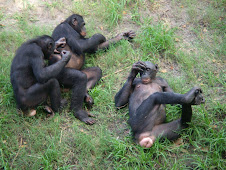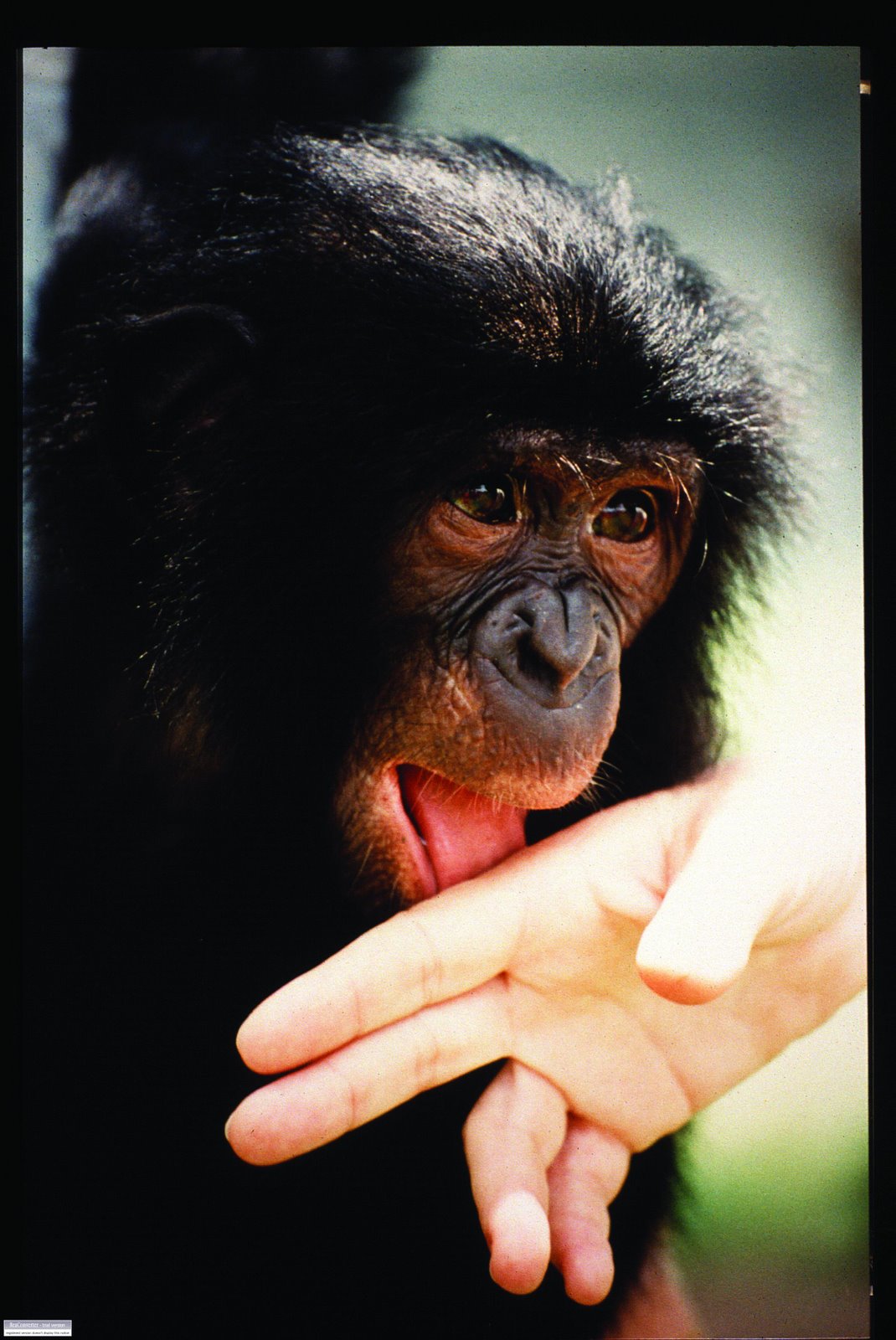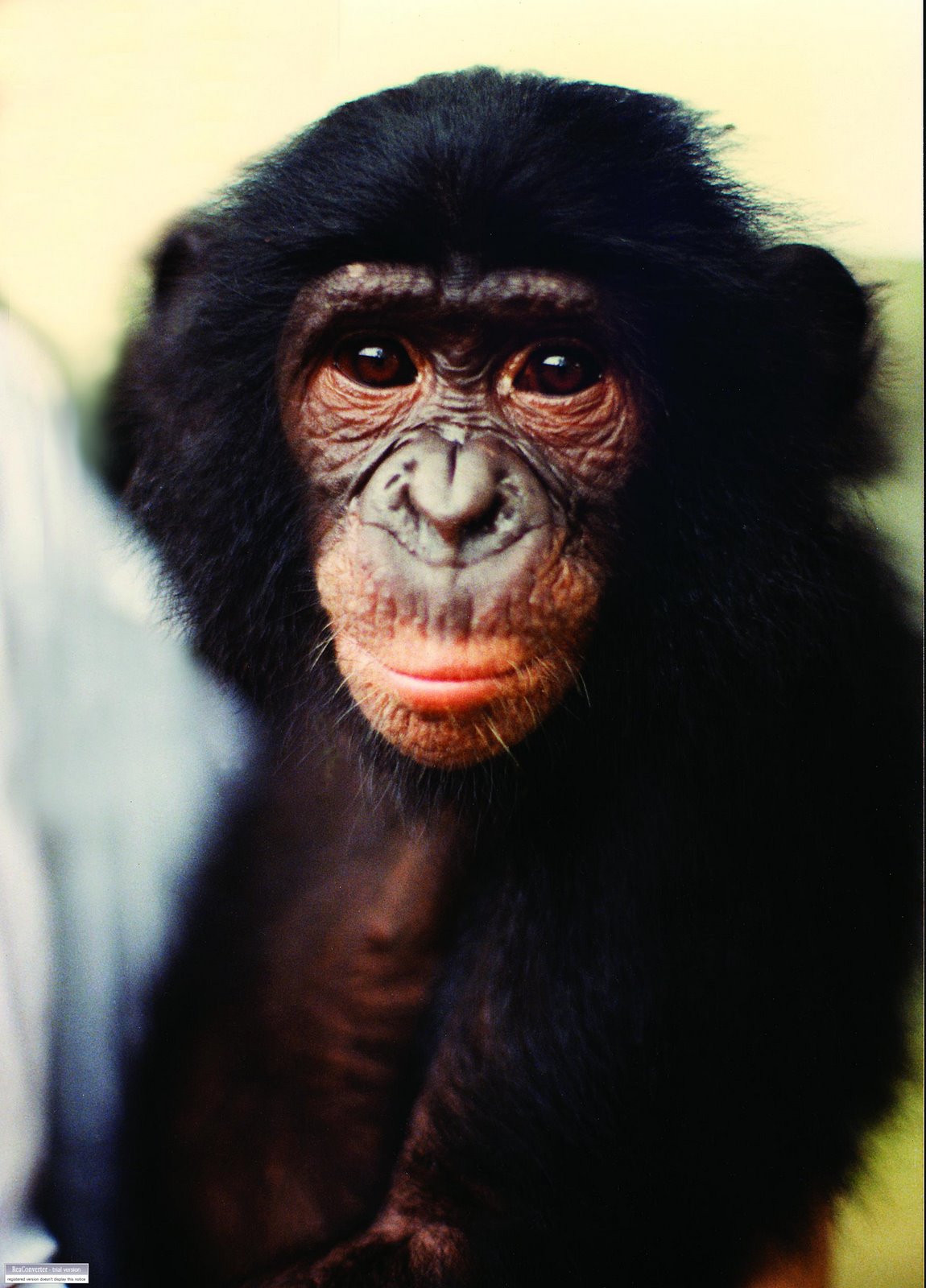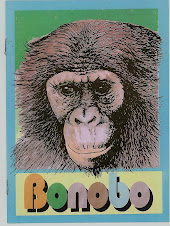 The side of this house in remote Zaire (now the Democratic Republic of the Congo) shows the construction technique called "wattle and daub." This environmentally friendly technique has been used worldwide and is at least 6,000 years old. Wattle and daub uses a framework of wooden timbers typically "infilled" with a combination of clay, soil, sand, dung, straw, and other fibers. The material is durable, as long as it is kept dry, and there is 700 year old wattle and daub in existence.
The side of this house in remote Zaire (now the Democratic Republic of the Congo) shows the construction technique called "wattle and daub." This environmentally friendly technique has been used worldwide and is at least 6,000 years old. Wattle and daub uses a framework of wooden timbers typically "infilled" with a combination of clay, soil, sand, dung, straw, and other fibers. The material is durable, as long as it is kept dry, and there is 700 year old wattle and daub in existence.The wattle is the term for the timber, seen exposed above. The upright, load bearing timbers are "staves," while the lattice of horizontal timbers are called "withies." The deteriorated building illustrates the result of the equatorial rainfall on wattle and daub in the tropics, along with the use of leaves or thatch roofing. Termites also are a problem, as they eat the wood from within. Usually, the buildings last only a few decades before they melt back into the earth.
Photo by D. Messinger












No comments:
Post a Comment